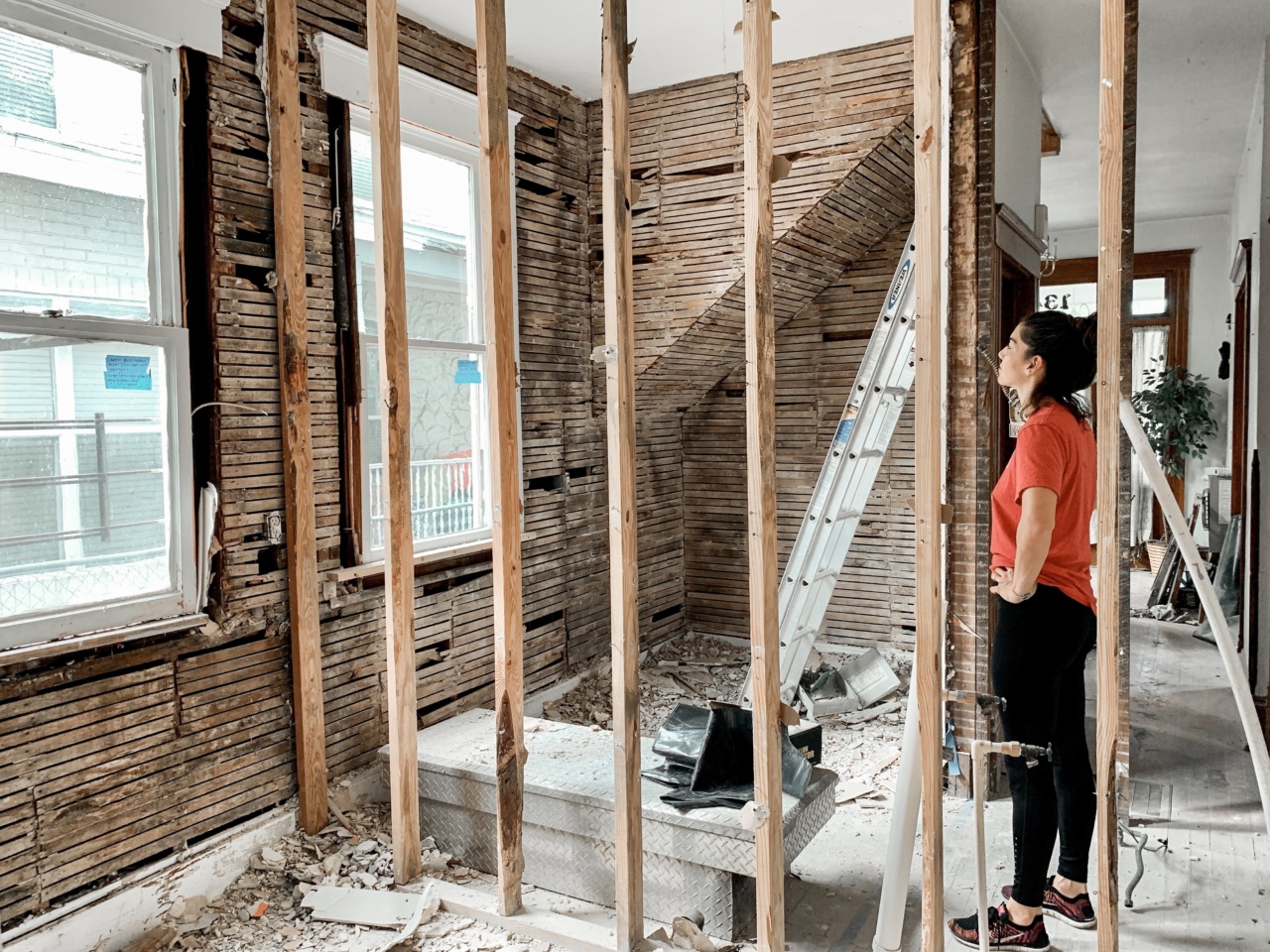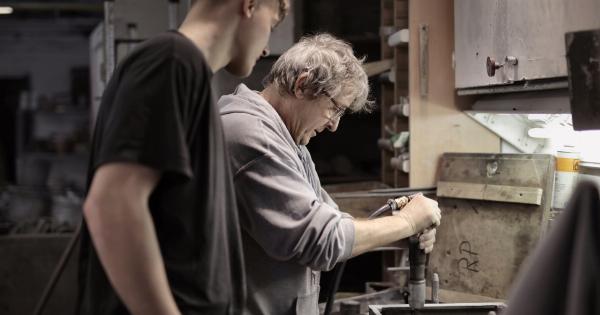Hip fractures are common injuries in the elderly population and require surgical repair to restore function and improve quality of life.
General anesthesia is the most commonly used anesthesia method for hip fracture repair, but like any medical procedure, it has its advantages and disadvantages. In this article, we will explore the pros and cons of general anesthesia for hip fracture repair.
Pros of General Anesthesia for Hip Fracture Repair
1. Provides complete sedation
General anesthesia provides complete sedation, which allows the surgeon to perform the necessary procedures without causing discomfort to the patient.
This is especially important for hip fracture repair, as the procedure can be quite painful and invasive.
2. Allows for muscle relaxation
During hip fracture repair, the surgeon needs to manipulate and realign the affected bones and surrounding muscles. General anesthesia provides complete muscle relaxation, making it easier for the surgeon to perform the necessary procedures.
3. Reduces the risk of complications
General anesthesia allows for precise control of the patient’s breathing and blood pressure, reducing the risk of complications during surgery.
This is particularly important for elderly patients who may already have underlying health conditions that increase their risk of complications.
4. Can be used for other procedures
If the patient requires additional procedures during hip fracture repair, such as repair of other fractures or joint replacements, general anesthesia can be extended to cover these procedures as well.
This can save the patient from having to undergo multiple anesthesia procedures.
Cons of General Anesthesia for Hip Fracture Repair
1. Can increase the risk of cognitive dysfunction
General anesthesia has been associated with an increased risk of cognitive dysfunction in elderly patients. This can include issues with memory, learning, and attention span.
While most patients recover from this dysfunction within weeks to months, some may experience long-term effects.
2. Can cause postoperative nausea and vomiting
Postoperative nausea and vomiting is a common side effect of general anesthesia and it can be particularly problematic for elderly patients. This can lead to dehydration, electrolyte imbalances, and delayed recovery from surgery.
3. May increase the risk of delirium
Delirium is a common complication of hip fracture repair in elderly patients, and general anesthesia may increase the risk of this condition. Delirium can lead to confusion, disorientation, and agitation, and can complicate the recovery process.
4. Can be linked to respiratory complications
General anesthesia can depress breathing and lead to respiratory complications such as pneumonia or lung collapse. This is a particular concern for elderly patients who may already have respiratory issues.
Conclusion
While general anesthesia is the most commonly used anesthesia method for hip fracture repair, it is not without its risks.
However, the benefits of general anesthesia, complete sedation and muscle relaxation, precise control of breathing and blood pressure, and the ability to perform additional procedures, make it the preferred method for many surgeons. Patients and their families should discuss the pros and cons of general anesthesia with their healthcare team to help them make an informed decision.




























